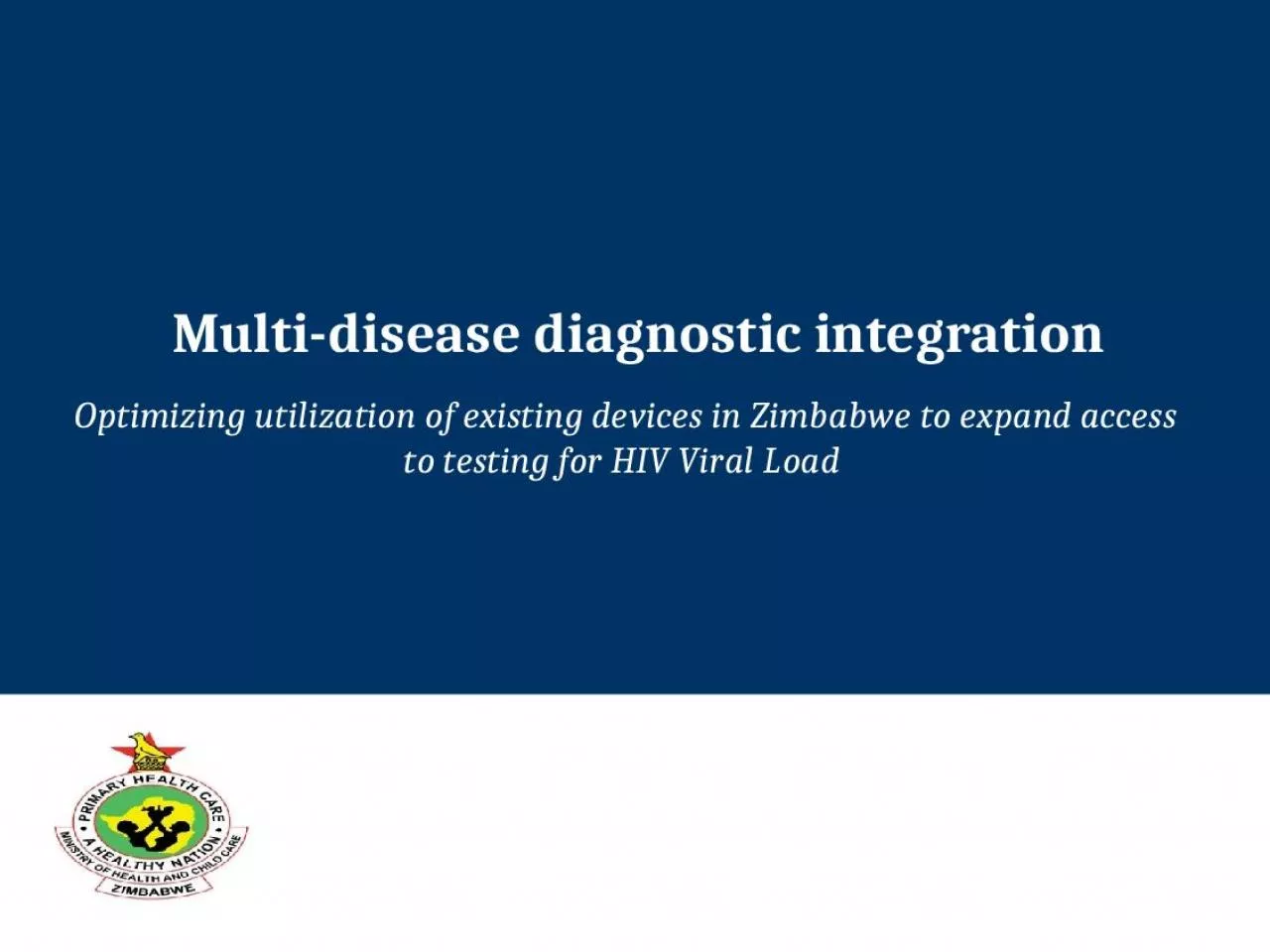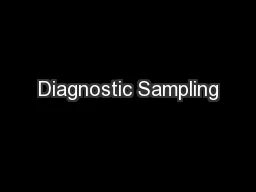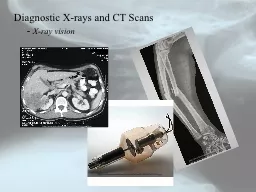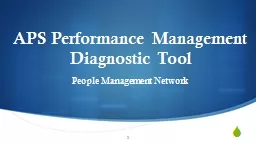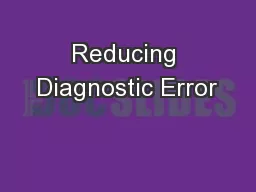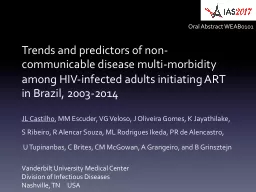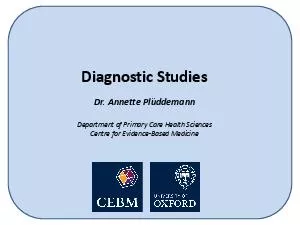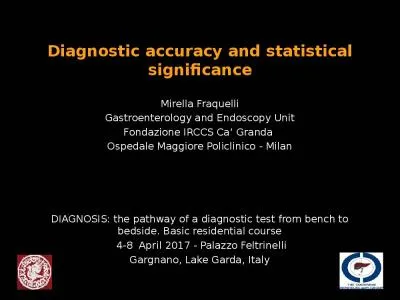PPT-Multi-disease diagnostic integration
Author : bency | Published Date : 2024-02-09
Optimizing utilization of existing devices in Zimbabwe to expand access to testing for HIV Viral Load Agenda Background Zimbabwe Country Situation Integrated testing
Presentation Embed Code
Download Presentation
Download Presentation The PPT/PDF document "Multi-disease diagnostic integration" is the property of its rightful owner. Permission is granted to download and print the materials on this website for personal, non-commercial use only, and to display it on your personal computer provided you do not modify the materials and that you retain all copyright notices contained in the materials. By downloading content from our website, you accept the terms of this agreement.
Multi-disease diagnostic integration: Transcript
Download Rules Of Document
"Multi-disease diagnostic integration"The content belongs to its owner. You may download and print it for personal use, without modification, and keep all copyright notices. By downloading, you agree to these terms.
Related Documents

